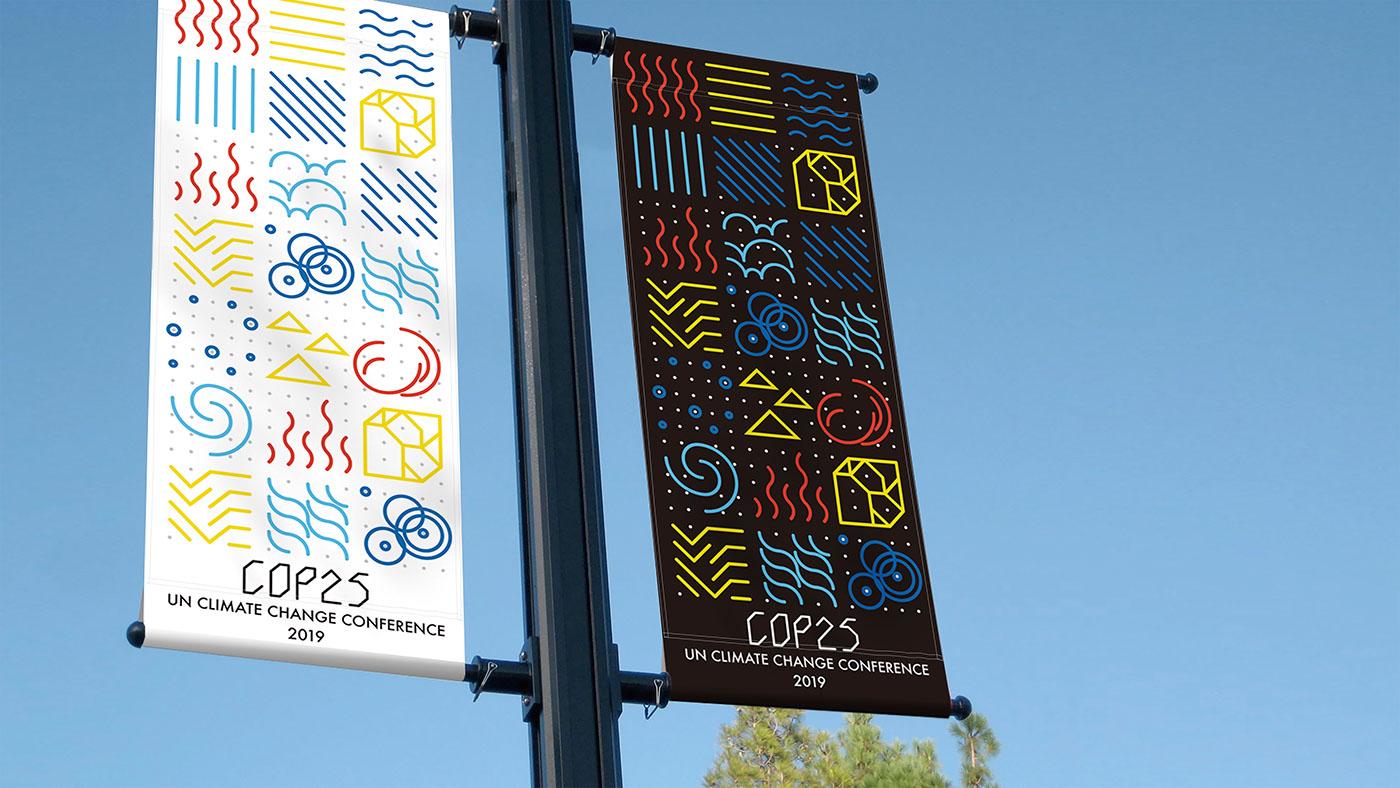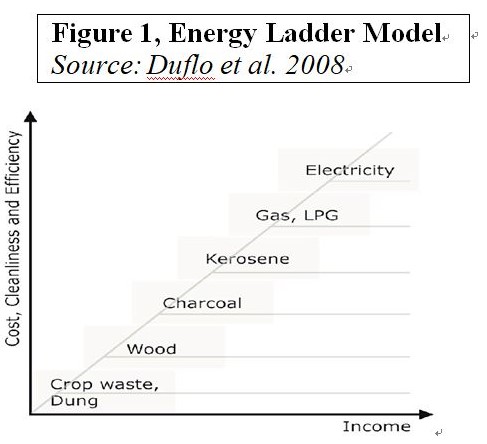- China’s Foreign Policy under Presid...
- Three Features in China’s Diplomati...
- The Contexts of and Roads towards t...
- Seeking for the International Relat...
- Solidarity with China against coron...
- Europe’s Pandemic Dilemma
- Donald Trump’s decision to halt US ...
- America Shoots Itself in the Foot
- China as COVID-19 scapegoat
- It Takes a Virus
- The Establishment of the Informal M...
- Opportunities and Challenges of Joi...
- Opportunities and Challenges of Joi...
- China’s Economic Initiatives in th...
- Commentary on The U. S. Arctic Coun...
- Perspective from China’s Internatio...
- “Polar Silk Road”and China-Nordic C...
- Overview of the 2016 Chinese G20 Pr...
- Promoting Peace Through Sustainable...
- Strategic Stability in Cyberspace: ...
- The Tragedy of Missed Opportunities
- Leading the Global Race to Zero Emi...
- Leading the Global Race to Zero Emi...
- Addressing the Vaccine Gap: Goal-ba...
- The EU and Huawei 5G technology aga...
- China's growing engagement with the...
- Perspectives on the Global Economic...
- International Cooperation for the C...
- Working Together with One Heart: P...
- THE ASIAN RESEARCH NETWORK: SURVEY ...

In December 2019, Madrid hosted the 25th UN Climate Change Conference of Parties (COP25) under the Presidency of the Government of Chile. Delegates gathered for the COP25 in the Spanish capital from over 180 countries, including representatives from the private sector, NGOs and the civil society to continue the efforts to orchestrate a response to climate change. Despite a growing number of international conferences like the COP25, the enormous amounts of scientific evidence of anthropogenic climate change, and an ever-increasing social awareness of this challenge, Global Greenhouse Gas (GHG) emissions have reached a new height in 2019. Furthermore, all the predictions based on the current trends point towards an unceasing escalation of GHG emissions in the years to come.
Reports such as the International Energy Agency’s "World Energy Outlook 2019", Bloomberg’s"New Energy Outlook 2019" and International Renewable Energy Agency’s (IRENA)"REmap 2019", to name just a few, warn of the grave consequences of not curbing GHG emissions before reaching the threshold of the 2 degrees increase in Celsius. This is believed to be the point of no return where human intervention will no longer be able to stop the rapid concatenation of ecological degradation episodes. Natural disasters such as typhoons, food supply shortage due to changing climate conditions in the agricultural sector, and massive migration due to rising sea levels are among these factors. The environment is the most valuable global common good because it is the precondition for human life. Thus, efforts to protect the ecosystem are not just vital but are also politically and economically significant.
The so-called climate crisis is eminently an energy crisis, as 72% of the GHG emissions come from energy generation (World Resource Institute 2017). Most countries have acknowledged this relationship and through the Nationally Determined Contributions have committed themselves to a transition to clean energy. This transition is expected to exponentially increase the “clean” share in the global electricity. This phenomenon presents new challenges and opportunities, and the Green Ladder Model(GLM) offers an approach through which these can be analysed.
The Green Ladder Model
Global increase of energy consumption comes mainly from developing countries. However,in developed countries,consumption has reached a plateau and, in some cases, is even decreasing - mostly through developments in energy efficiency. This does not come as a surprise as it is well known that the development and increase in energy consumption go hand in hand. In this context, there is a “catch 22” situation that associates a country’s income level with its main energy source choice which is well represented in Figure 1.

The Energy Ladder Model (Duflo et al. 2008) illustrates the correlation between the usage of certain energy sources and the development phase of a country. Figure 1 shows how the less wealthy a country is, the more CO2 is emitted when generating energy. A priori, the Energy Ladder Model represents a paradox where two principles collide: the Right to Development– the concept, used by numerous organizations in the United Nations, that all people have an inalienable right to develop their economic, cultural and social aspects - and the Duty to Protect the Environment – the principle that as people living on the Earth, there exists an inherent responsibility to maintain its habitability. Kicking the “Energy Ladder”away from developing countries would mean impeding their inherent Right to Development. However, not doing so, would come with an unaffordable ecological price. One of the solutions to this conundrum, which epitomises one of the most challenging global common action problems in the 21st century, may be found in the GLM.
The GLM explores the idea that developing countries can decouple their development phases from the concomitant severe GHG emissions by using renewable energy sources. While the Energy Ladder Model may be accurate from a strictly national perspective, the GLM brings into the equation the necessity of international cooperation. The logic underlying this approach is that more developed states should provide the less developed ones with advanced low-carbon energy production technologies, and flexible financial schemes. Combining both technological know-how and financial facilitation together creates the possibility where the increased pollutant producing phases of energy development can be circumvented.
Why should foreign actors be interested in providing these technological and financial means to the less developed countries? The answer is not just that it is an imperative to successfully address GHG emissions, which know no national frontiers, but because doing so would also lead them to become international energy leaders.
Energy Leader
Leverage over the generation and distribution of energy has historically been related to political power. For example,Britain had control over coal during the time it was the empire on which “the sun never sets”. Then, after the Cold War, the United States of America (US) emerged both as the hegemonic power and as the oil regulator. The petrodollar, the currency in which oil is priced, is a paradigmatic indicator of this situation. Given the enormous scale and scope of the global energy transition, which is just in its infancy, the countries that understand and exploit the GLM will likely become energy leaders.The GLM describes a three-fold framework that states can use to benefit from the energy transition.
To commence, the first-mover advantage. The global share of green energy’s generation is still relatively small, but with cheaper and more efficient low-carbon energy technologies (including effective storage capacity), growing social pressure, and increasing explicit political commitment, deployment of renewables is rapidly expanding. The global energy transition has the potential to redraw the geopolitical energy map, and to create new path dependencies at the national, international and transnational level.The recent technological developments that allow electricity produced by renewable sources to reach grid parity is a phenomenon which creates a more level playing field. In a situation without incumbent powers, the first-movers will have ahead start to create quality infrastructure and to set upregional and international standards and regulations that may shape the sector, tailor-made for their interests, for decades to come.
Second, the economic benefits. According to the IRENA’s “2019 Annual Report on Renewable Energy and Jobs”, 11 million people were employed worldwide in renewable energy in 2018, compared to7.3 million in 2012. This employment trend shows how the renewable energy sector is quickly generating many new quality jobs. Most of the jobs created throughout the value chain of renewables offer stable and middle to high-wage contracts. Moreover, exports of low-carbon energy technologies, which are high value-added products, also contribute to the modernization of the national economy. Emerging economies that seize this momentum could leverage this market to attempt to overcome the dreaded middle-income trap.
Third, global legitimacy.
- During the Cold War, the terror of nuclear confrontation drew in the collective imaginary the dystopian picture of a Nuclear Winter. This metaphor was used in the scientific community to describe how the world climate would be affected after the explosion of numerous nuclear bombs. Today, as suggested by the Nobel Peace Prize awardee Albert Arnold “Al” Gore, this has developed into alarm at the possibility of a Carbon Summer. In a Carbon Summer scenario,it is feared that the increase of the world’s temperature, and the disasters accompanying this, will change the human geography as it is known today. In this new “season”, the struggle against climate change may become important from a standpoint of international legitimacy.
- International legitimacy is undergoing a period of revaluation. The 2008 financial crisis represents a turning point when new global ideological coordinates began to take shape. An extreme example that may illustrate this novel situation is described in the recently published article by João R. da Silva (da Silva, 2020), where he explains about a new wave of terrorism “eco-terrorism” that consists of acts of violence which are committed in support of environmental causes. Here, the purported ethical reasons for the terrorist actions are not politically based, but motivated by the fears of an ecological disaster.It is in this context that in 2015, an unprecedented international consensus was achieved with the Paris Agreement. This agreement points towards a new “North”where countries engaging in the green energy transition can contribute to and influence the contested discursive dimension for green leadership.
In a nutshell, the Green Ladder Model articulates three dimensions around the strategic opportunities that the energy transition of developing countries offer. These are namely the creation of new path dependencies and regulatory frameworks in this novel technological niche, fueling the engine towards economic modernization, and paving the way towards global legitimization. In the 21st century, those who create and capitalize the conditions for developing countries to “climb” the “Green Ladder” will certainly stand in an advantageous position in the ongoing power transition.
Miquel Salvadó-Gracia is a Ph.D. candidate in a join program between the Duisburg-Essen University and the Ruhr University Bochum, Germany. He was a visiting researcher in the Shanghai Institutes for International Studies from October to December 2019. This work has been supported by the Mercator Research Center Ruhr, and it is part of ongoing research in the AREA Ruhr Doctoral Programme.
Source of documents:
